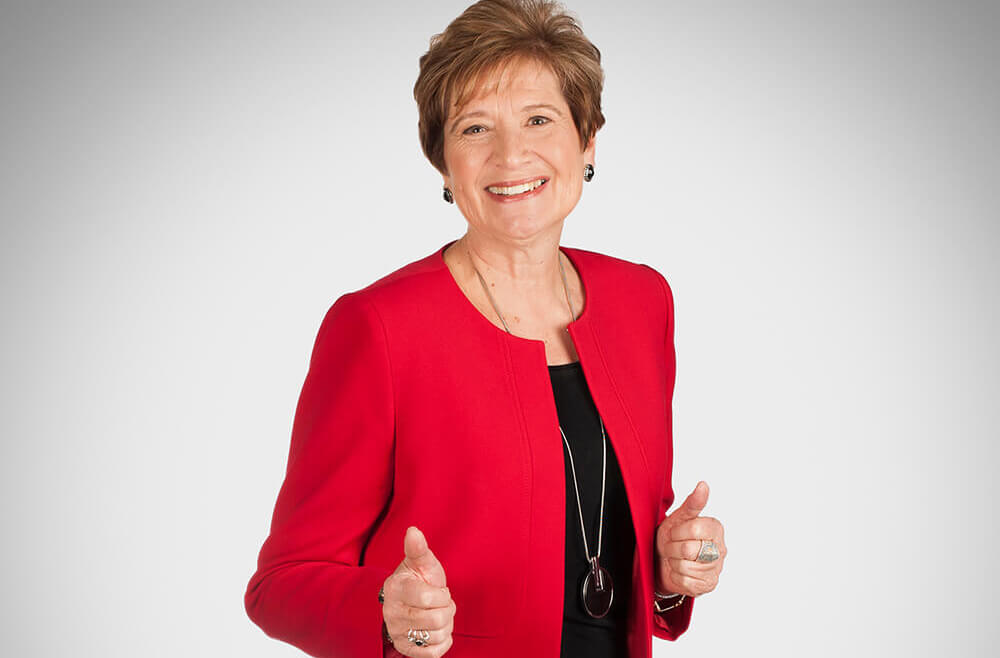
Week 2 – Colors
Last week, I wrote about how the beauty of nature has become an increasingly important part of my sustained mental health recovery. Because May is Mental Health Month, I invited you to look for beauty, remind yourself of its value and let it ease your mind.
This week, I’ll describe how shifts in color, in particular, help maintain my overall sense of health – physically, mentally, emotionally and spiritually. All around me, during winter, the colors of nature are almost monochromatic – shades of brown and gray.
When I walk in the woods, I’m surrounded by trees that have lost their leaves back in late fall. And even though evergreens do their best to show color, they’re a subtle, muted green. Squirrels are gray, sparrows are a brownish-hue of gray and geese floating on the nearby river, are, you guessed it, gray.
During winter, I can never quite believe that I’ll ever see colors again. In the same way that depression tricks me into exhaustion and hopelessness, the bright red of a cardinal or a woodpecker reminds me that the monochromatic colors of winter will pass. The miracle of vibrant color sustains me.
Officially, spring begins in mid-March with the Vernal Equinox, when the sun passes over the equator, moving from the southern to the northern hemisphere. The North Pole begins to lean toward the sun again. Day and night have approximately the same length. I believe that God gives us the miracle of more light so that we can watch the colors begin to change from grays and browns to the brilliant colors of May.
In May, it’s clear that we’ve conquered winter. March has blown away all of Mother Nature’s dead leaves, April has washed the air, and May arrives. Grass progresses through what I learned recently is “turning green,” a light gentle green, to a series of shades that become increasingly more intense and plentiful. Everywhere, I know that she’s recovering just as I, and many consumers, progress though our own journey of healing and health. We can choose to look to the beauty of color to have faith that we’ll conquer anxiety, depression and despair.
Green is considered the most tranquil color, and I’ve often found myself, during May, being stunned at how calm I feel when during my walks in the woods, all of those trees that lost their leaves have restored them again. The metaphors that God provides in awakening colors remind me that I too may be waking up to the anticipation of months of beauty and mental wellness.
As a mental health speaker, when I talk about color, many of the people in my audiences who have lived experience confirm that they also feel a transformation that is mental health recovery. Once again, their spirits rise when they look up to see clear bright blue skies and the full spectrum of color in white clouds.

Not all of those people will decide to speak publicly about their mental health diagnoses as I do, but during May, we can all celebrate the month in our souls. For many people who feel shame, Mental Health Month helps them feel more confident to wear green ribbons, t-shirts, and wristbands. Each year that we acknowledge the sanctity of the month, more consumer advocates attend fundraising walks, runs and other events that help bust stigma.
This courage comes from looking intentionally for signs of hope and having faith. Watching for new colors is just one way that I enjoy the beauty of nature and its spectacular sense of anticipation for what’s ahead. Color restores faith in myself and is a reminder that I cannot succumb to the self-doubt that mental illness tries to rob me of.
I appreciate your taking the time to read my thoughts on Mother Nature’s contribution to the beauty all around us. I sincerely hope that they inspire you to take some time to enjoy May for what it is: a reminder that we’re worthy of God’s love and the healing and sustained wellness that He wants for all of us who have lived through dark days and work hard to see brighter times.
About the Author
Carol A. Kivler is a nationally recognized mental health speaker, international executive coach/trainer, and author. Most importantly, she is a passionate consumer advocate for mental health. Carol is available for speaking engagements in the U.S and internationally. Email or call Carol at (609) 882-8988.

